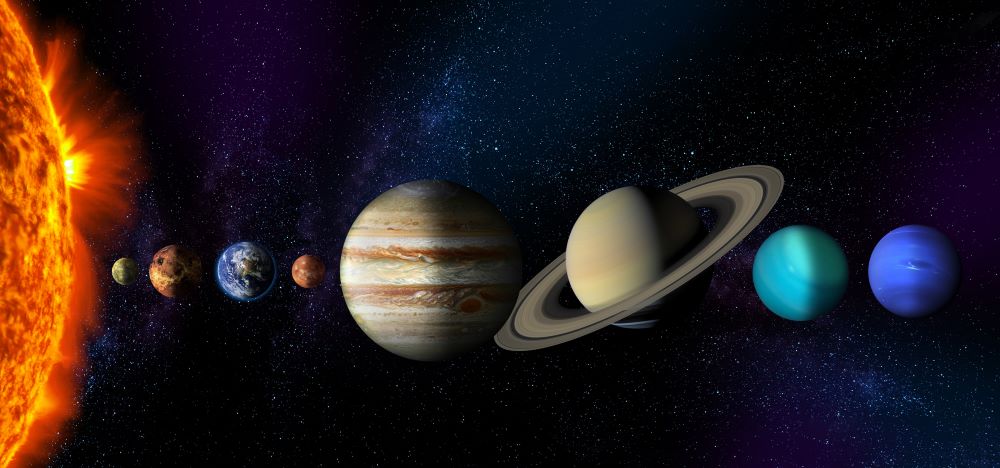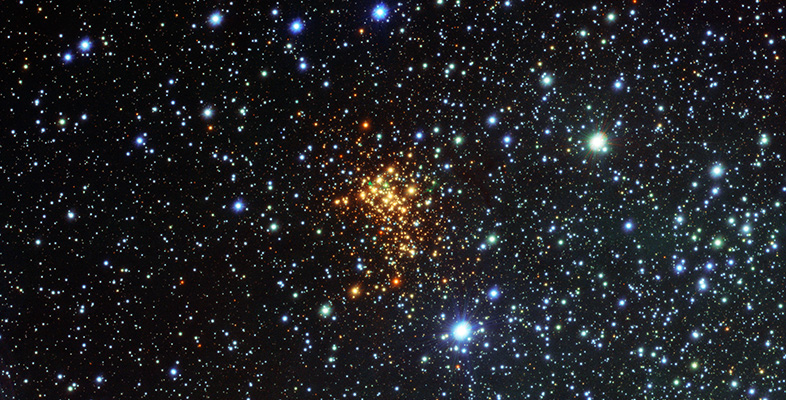All content
Hundreds of educational interactives, games, quizzes, videos and podcasts, plus 1000s of articles written by academic experts and guest contributors.
 article icon
article icon
Science, Maths & Technology
International Planetary Protection Week
The Inaugural International COSPAR Planetary Protection Week is 22–25 April so we’ve collated some FREE resources on protecting planetary bodies as humans explore extra-terrestrial environments.
 article icon
article icon
Science, Maths & Technology
Planetary Protection of Icy Worlds
As our understanding of life and its potential beyond Earth improves, attention is moving towards smaller bodies, including moons and dwarf planets in the outer regions of our Solar System. But how can we strike a balance between exploring these new worlds and ensuring they remain unspoilt?
 article icon
article icon
Science, Maths & Technology
Planetary Protection of Mars
Mars continues to be at the forefront of international space exploration programmes, but as plans to bring samples back from the red planet and perhaps even send humans there edge closer, how can we ensure we do not contaminate the very environment we’re interested in understanding more about?
 article icon
article icon
Science, Maths & Technology
What is Planetary Protection?
As we explore the Solar System, it is important that we do not accidentally contaminate untouched and unspoilt extraterrestrial environments in any way. This is especially true when searching for evidence of life. This article explores the concept of ‘Planetary Protection’ and why it is critical for the future of space exploration.
 free course icon
level 2: intermediate icon
free course icon
level 2: intermediate icon
Science, Maths & Technology
Astronomy: images of the Universe
Modern astronomy utilises a range of techniques across the electromagnetic spectrum that allow astronomers to measure the brightness, size and shape of astronomical objects, as well as their structure in many cases. This free course enables you to explore multiwavelength images of the Universe and make your own measurements of stars, nebulae and...
 free course icon
level 1: introductory icon
Badge icon
free course icon
level 1: introductory icon
Badge icon
Science, Maths & Technology
Moons of our Solar System
In this free course, Moons of our Solar System, explore the many moons of our Solar System. Find out what makes them special. Should we send humans to our Moon again?
 article icon
article icon
Science, Maths & Technology
Mars: A collection
OpenLearn has been covering the scientific research into our neighbour in space for nearly twenty years. Dip into our archive...
 activity icon
activity icon
Science, Maths & Technology
Space: to boldly, but cautiously, go.
Space exploration is full of possibilities, especially when searching for signs of life. But the reality is complex. What lies behind the many decisions that have to be taken to design and run a space exploration mission?
 article icon
article icon
Science, Maths & Technology
World Space Week
World Space Week is held every year between 4th-10th October - it is a celebration of science and technology. We've put together some fantastic free resources to mark this occasion.
 free course icon
level 1: introductory icon
Badge icon
free course icon
level 1: introductory icon
Badge icon
Science, Maths & Technology
Microgravity: living on the International Space Station
This free badged open course, Microgravity: living on the International Space Station, will help you to consider microgravity environments in more detail than before! You will make direct comparisons of some important physical values between the International Space Station (ISS), the Earth and the Moon.
 article icon
article icon
Science, Maths & Technology
Big moon rising
David Rothery doesn't think the two supermoons we're due to see in August 2023 deserve that much attention...
 activity icon
activity icon
Science, Maths & Technology
15 minutes on Mars
Have you ever looked up into the night sky at the red planet and wanted to know more? Now here’s your chance to explore Mars.